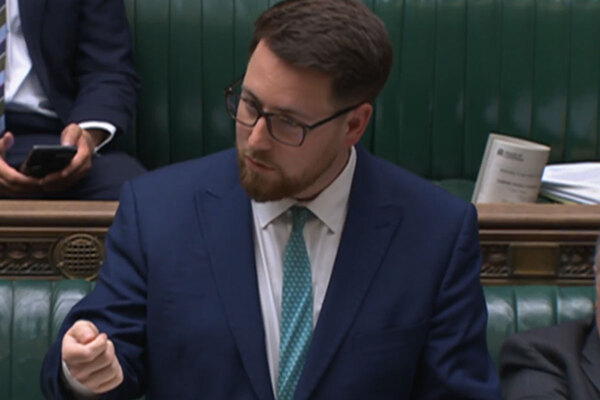You are viewing 1 of your 1 free articles
 Christine Whitehead
Christine WhiteheadFrom 1990 - 2010 she was also director of the C ...more
How the housing association sector is likely to evolve
Professor Christine Whitehead talks us through the findings of her new report looking at future challenges facing the sector
 Christine Whitehead
Christine WhiteheadFrom 1990 - 2010 she was also director of the C ...more
The report by London School of Economics for Flagship Homes, published today, is particularly timely, given the government’s commitment to rethinking social housing in the light of the Grenfell disaster, concerns about quality and the increasing shortfall in the provision of affordable housing.
The report has two distinct objectives: to look forward to how the role of the sector might evolve into the medium term, given the more challenging environment that associations are likely to face; and to help clarify how individual associations can best meet these challenges and at the same time, become far more resilient to economic and political change.
It was definitely the right time to undertake the research as stakeholders were particularly responsive and thoughtful in their responses.
This was mainly because they felt that an examination of more fundamental issues could help influence the current political debate, which is dominated by immediate issues.
We were able to discuss the core issues facing associations, as well as the potential ways forward – with a range of associations, local authorities, government officials and both public and private sector organisations involved in financing the sector – in developing joint ventures and at the forefront of new initiatives better to serve tenants and local communities and to ensure sustainable place-making as well as new approaches to service delivery and cost reduction.
“The consensus was strong that in 10 years’ time, the structure of the sector and its regulatory framework would allow associations of all sizes to thrive.”
Of particular importance was to understand the pressures around the spate of mergers that have been taking place and to ask whether these heralded a significant change in the structure of the sector.
In particular, why were mergers concentrated among the largest associations rather than perhaps more among associations where merger might allow greater economies of scale and diversification to be realised?
Would there still be a role for smaller, more local associations? Or are we heading towards a small number of mega-associations which emphasised development?
The consensus was strong that in 10 years’ time, the structure of the sector and its regulatory framework would allow associations of all sizes to thrive, and allow some to concentrate heavily on core activities while others might be involved in a diverse range of activities.
The core of success was to increase efficiency and ensure organisations are responsive to consumer demand, rather than becoming too self-absorbed.
This is not a new message, but it is an important one as managements come under increasing pressure.
A further element of the project was to build scenarios reflecting the possible economic and policy environments that associations might have to face over the next decade.
Again the consensus was that the sector had had it pretty easy in the past and that there were few reasons to expect the environment to remain so favourable.
The most obvious challenges relate to ensuring a robust and predictable revenue stream. Setting rents and ensuring that these rents are actually collected are both going to present increasing challenges.
“The sector had had it pretty easy in the past and that there were few reasons to expect the environment to remain so favourable.”
Changes in the welfare system are likely to have negative impacts on both the revenue actually collected and the costs of that collection.
At the same time, tenants’ needs are sure to increase. Overall it will be a riskier environment but one which can offer greater opportunities to innovative management.
We looked at a number of specific issues including social care, technological change (especially in how best to support tenants) and whether international experience could give insights into potential risks and opportunities.
“Changes in the welfare system are likely to have negative impacts on both the revenue actually collected and the costs of that collection.”
On the first, it can be argued that associations have a responsibility to ensure not just appropriate accommodation but also residential-based services. At the moment it is extraordinarily difficult to do this without internal cross subsidy.
But they need to work with local and central government to make it work – which means both vision and innovation.
Second, there will undoubtedly be massive technological changes which in particular will help communication and targeting support – but technology cannot solve problems in and of itself.
And the message from international experience was two-fold: other countries have seen increasing regulation of non-core activities where it is felt that risks have been too great and associations tend to move away from helping the most vulnerable.
Christine Whitehead, Emeritus Professor in housing economics, London School of Economics









